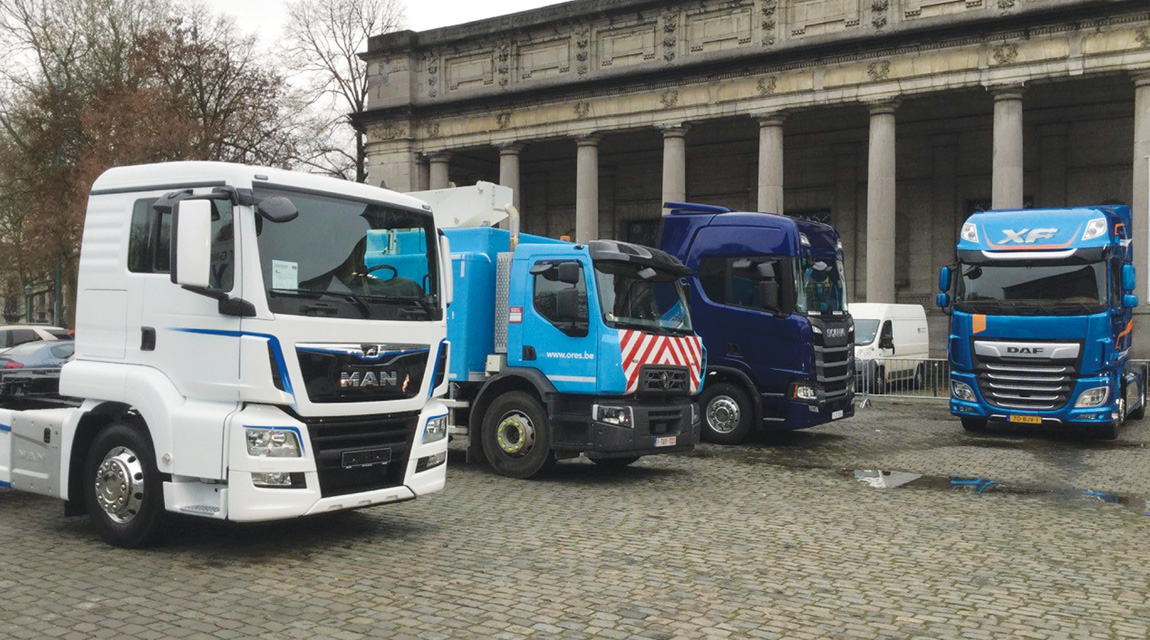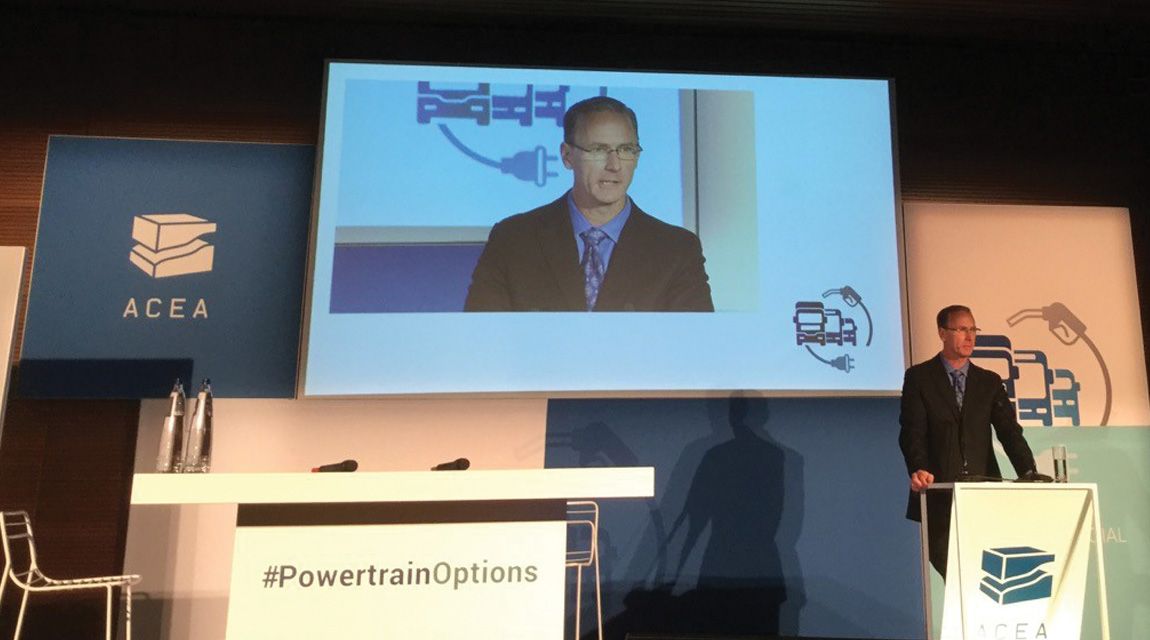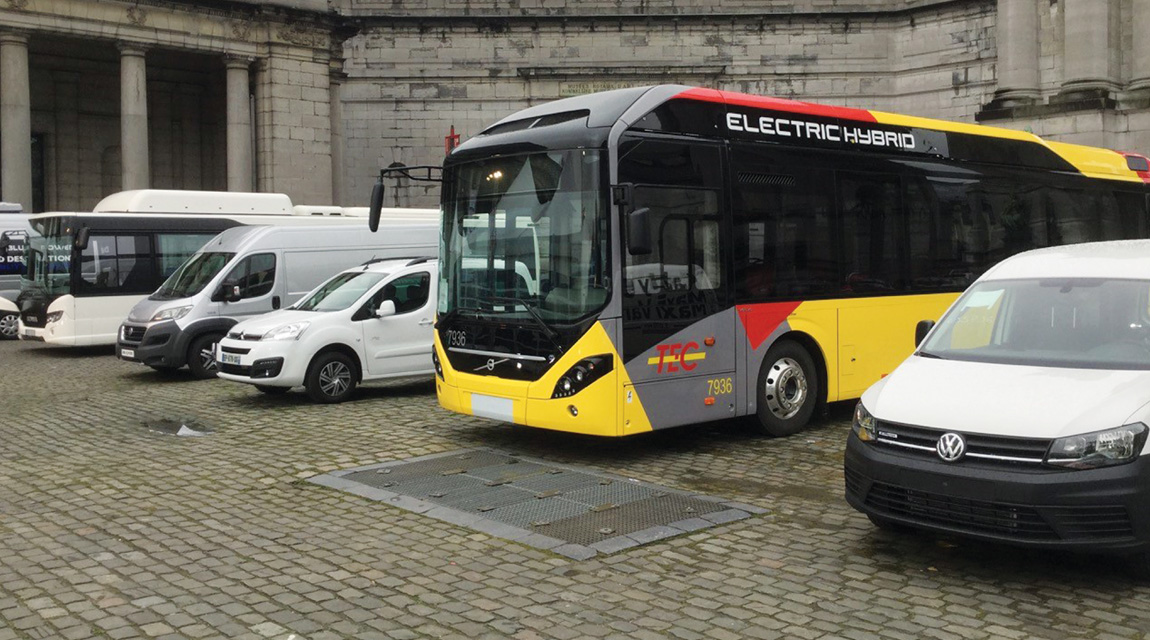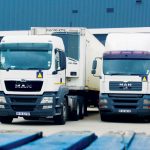Different solutions for different needs

JARLATH SWEENEY, editor-in-chief of Irish magazine Fleet Transport, attended the European Automobile Manufacturers’ Association (ACEA) conference on Powertrain Options for Commercial Vehicles, and found that the future will certainly be diversified.
The aim of the event – entitled Powertrain Options for Commercial Vehicles – was to explore the short-, mid- and long-term power choices for trucks, vans and buses – in line with the objectives of the European Commission’s Mobility Package.
These can include conventional powertrains running on diesel or petrol (but more efficiently), to alternative drives running on biofuels, natural gas and hydrogen, as well as electric and hybrid-electric technologies.
It was a timely opportunity to have an open discussion on this subject from the perspective of commercial vehicles, which are much more complex and diverse in terms of use cases compared to passenger cars.
For instance, as pointed out by Volker Mornhinweg, executive vice-president of Mercedes-Benz Vans and chairman of ACEA’s Light Commercial Vehicle Committee: “Some policy makers consider vans as passenger cars with big trunks – but this is certainly not the case.”

An issue debated by all present – including industry representatives, policy makers and the end-users of commercial vehicles – was why diesel powers well over 90 percent of all trucks, vans and buses on the roads today, and what it will take to increase the market uptake of alternatively powered vehicles in the future.
Preston Feight, president of DAF Trucks and chairman of ACEA’s Commercial Vehicle Board, shared a number of key policy recommendations with the attendees:
Infrastructure
“Truck drivers simply cannot be in a situation where they find themselves unable to recharge or refuel quickly and easily as they deliver goods from one country to another,” stated Feight.
The ACEA supports the Commission’s action plan for boosting investment in charging and refuelling stations throughout the European Union (EU). However, there needs to be adequate infrastructure available for all power choices.
These range in complexity from the continuation of low-sulphur diesel, to the availability of electrical charging stations, and compressed or liquefied natural gas fuelling stations. It even covers the capability of the electrical grid to cope with demand if high volumes of electrically powered vehicles are introduced into the market.
The point was raised, however, on the source of the electric power, and whether it has a green supply chain throughout.

Support structures
“The affordability of alternatively powered vehicles is key, as operators simply have to make money with their vehicles. Taxation policies, incentives and public procurement can be useful tools to stimulate sales of alternatively powered vehicles, but it is crucial that there is sufficient clarity, harmonisation and long-term stability in this regard,” said Feight.
Alternatively powered vehicles need to be attractively priced and viable to run, as transport companies have to include the running cost in the price of items delivered.
Technology-neutral policies
Feight added: “Not every powertrain is ideal for all tasks, so it is not possible to designate a single technology for a particular vehicle, let alone an entire vehicle class. The choice should ultimately be commercially determined by the end users, based on their specific and unique needs, and the overall benefit to society.
“As commercial vehicles provide a more diverse range of alternative technologies, the safe development and operation of these powertrain options is a must, with no compromises.”
One of the keynote speakers, Henrik Hololei, director general of DG MOVE at the European Commission, highlighted the significance of transport in the European economy, as it employs 11-million people and contributes five percent of the EU’s gross domestic product.
“Transport matters in our daily lives and we, as policy makers, have taken too much for granted when it comes to legislative issues that affect those involved in the industry,” he said.

In line with the European Commission’s objective to become a world leader in decarbonising road transport, in order to ultimately improve the air quality for its citizens, Hololei said: “We must become less dependent on imported fossil fuels, and commercial-vehicle producers must continue to make a contribution.”
He mentioned that there is a Third EU Mobility Package due next spring that will cover carbon reduction aspects for heavy-duty commercial vehicles. “Better enforcement of rules is needed, as is the implementation of common standards within the alternative-fuels infrastructure, while the TEN-T Corridors need to be more multimodal,” he stressed.
Agreeing with the last point was Sergio Barbarino, research fellow, Procter & Gamble, which aims to increase the use of rail freight by more than 25 percent compared to what it uses today. He also said that, in general, warehousing centres need to be more efficient with their logistics movements, which can help hugely to reduce the carbon footprint of road transport.
Marc Vanhoutte, bus fleet director at Transdev, which operates 43 000 buses, 500 of which are electric, was critical of the public procurement process, as it does not allow for everything involved in providing and running a fleet powered by alternative fuels in urban areas, in the long term.
As ACEA secretary general, Erik Jonnaert, summed up: “Different transport needs require different transport solutions. Much has been done, but more needs to be done, and this will happen.”
Policy makers need to recognise and support this market-based approach. With the right conditions in place, ACEA believes that the market will see a stronger shift to alternatively powered commercial vehicles over time, particularly in urban environments.
Hakan Agnevall, president of Volvo Bus Corporation and Chairman of ACEA’s Bus and Coach Committee, stated during the open panel discussions: “Electrification is going to be one of the major ways forward in city transport, but not the only one.”
In parallel, the latest-generation of diesel technology – delivering low CO2 emissions and low real-world pollutant levels – will continue to be a powertrain of choice for many use-cases, such as the long-haul delivery of goods.
Published by
Focus on Transport
focusmagsa




